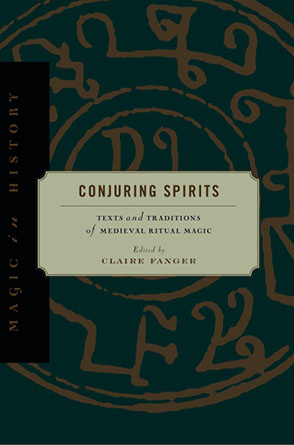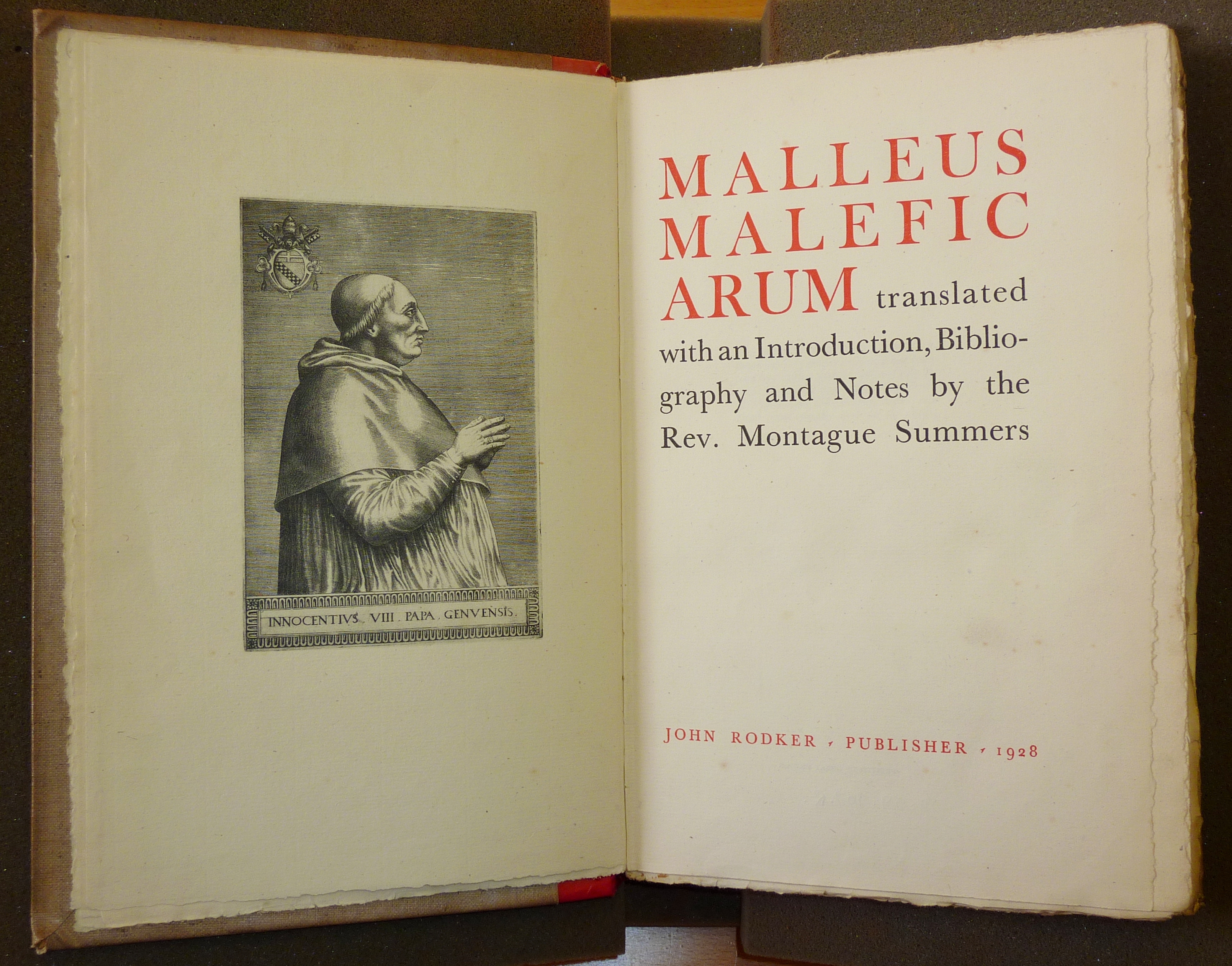

In medieval and early modern Europe, accused witches were usually women who were believed to have used magic to cause harm and misfortune to members of their own community. UPS shipping for most packages, (Priority Mail for AK/HI/APO/PO Boxes).Hans Baldung Grien's Three Witches, c. 1514īelief in witchcraft in Europe can be traced to classical antiquity and has continuous history during the Middle Ages, culminating in the Early Modern witch trials and giving rise to the fairy tale and popular culture "witch" stock character of modern times, as well as to the concept of the "modern witch" in Wicca and related movements of contemporary witchcraft. Has used sticker(s) and some writing or highlighting.

Ships in a BOX from Central Missouri! May not include working access code. Waite argues that it was only when the authorities came to terms with pluralism that there was a corresponding decline in witch panics.Ĭhoose your shipping method in Checkout. Waite examines in-depth how church leaders dispelled rising religious doubt by persecuting heretics, and how alleged infernal plots, and witches who confessed to making a pact with the Devil, helped the authorities to reaffirm orthodoxy. Bringing together the fields of Reformation and witchcraft studies, this fascinating book reveals how the early modern period's religious conflicts led to widespread confusion and uncertainty. Fear of the Devil and his followers inspired horrific incidents of judicially-approved terror in early modern Europe, leading after 1560 to the infamous witch hunts. However, the religious conflict of the sixteenth-century Reformation - especially popular movements of reform and revolt - helped to create an atmosphere in which diabolical conspiracies (which swept up religious dissidents, Jews and magicians into their nets) were believed to pose a very real threat. In the fifteenth century many authorities did not believe Inquisitors' stories of a supposed Satanic witch sect. Fear of the Devil and his followers inspired horrific incidents of judicially-approved terror in early modern.




 0 kommentar(er)
0 kommentar(er)
